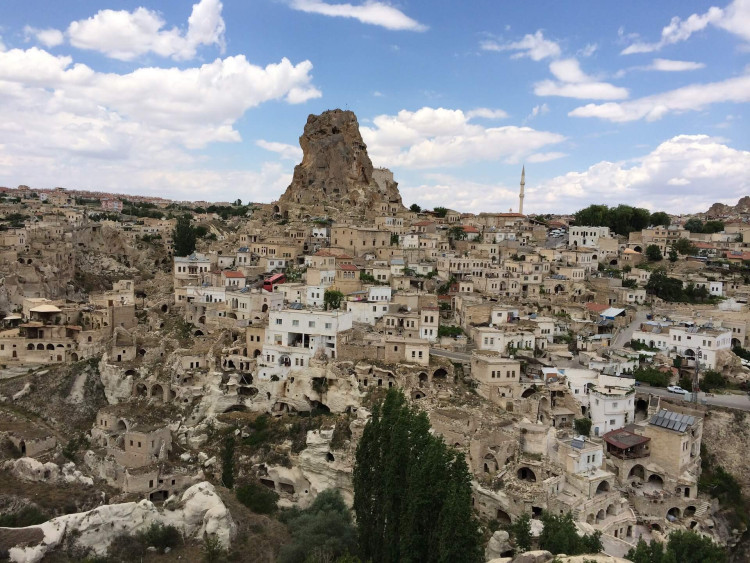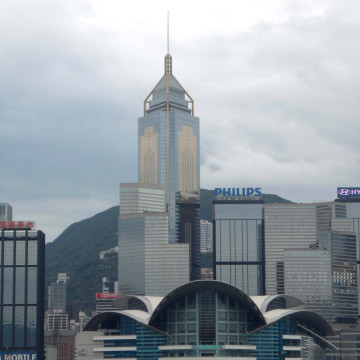Churches of Cappadocia (Turkey) - churches and houses carved into the tufa rocks
Where is located Churches of Cappadocia?
Address of Churches of Cappadocia is Cappadocia, Turkey
show on map
When was built Churches of Cappadocia?
Built date of Churches of Cappadocia is From 412, e.

Facts, informations and history of Churches of Cappadocia
Most churches come from the X and XI century, some are much older.
Active volcanoes have created layers of ash, mud and lava here for many thousands of years. Later, atmospheric factors removed the soft material, and the remaining more resistant stone protrudes in strange shapes, sometimes described as fabulous chimneys.
In the Goreme valley in Cappadocia there are supposedly 365 churches and chapels carved in living rock, there are many more in Cappadocia. Some say that there were entire underground cities inhabited by thousands of people seeking refuge from Arab persecution.
Other underground cities are: Kaymakli (dark labyrinth of tunnels and chambers on four levels) and Derinkuyu (has as many as eight underground levels), it is possible that they were connected to each other.
Some churches have exotic frescoes, whose colors have been perfectly preserved due to the fact that daylight did not reach them. In the Church of the Serpent (Yilami Kilise) frescoes depict a serpent, while in the Church of the Apples (Elmali Kilise) they depict scenes from the life of Christ.
Construction/building type
Building Churches of Cappadocia is of type Churches
Architectural style
Architectural style of Churches of Cappadocia is Byzantine
The Byzantine architectural style is one of the most important and enduring architectural styles in history, having its origins in the Byzantine Empire that existed in Eastern Europe and Asia Minor from the 5th century to the 15th century. ... czytaj więcej.
What material is the building made of?
Churches of Cappadocia is made of the following materials: Stone
Is the building on the UNESCO World Heritage List?

The listing took place in the year 1985.
Details of the entry are available on the Unesco website at https://whc.unesco.org/en/list/357/
Official website
The official website of the building, where up-to-date information can be found, is http://www.goturkey.com/en/place/detail/cappadocia
Photo gallery Add photo
Location on map / How to get there





























Comments to Churches of Cappadocia (6) Average rating: 4 Add comment / Rate building
Based on 6 comments